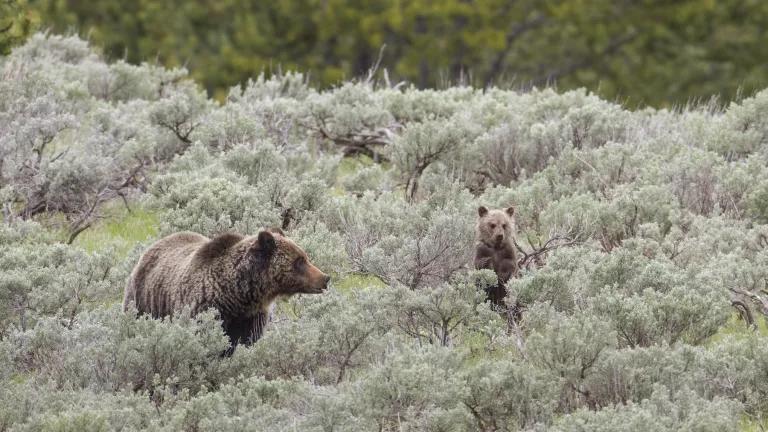NRDC and Partners Sue to Save the Atlantic Coast’s Critical River Herring

The populations of these keystone species have plummeted 97 percent in just half a century. It’s time for the federal government to act.
Alongside a coalition of fishing and watershed protection groups, NRDC sued the U.S. National Marine Fisheries Service (NMFS) today for failing to protect the imperiled river herring, whose populations in rivers and estuaries along the Atlantic coast have collapsed since the 1970s.
River herring—which collectively refers to both the alewife and blueback herring species—are facing warming waters, extreme flooding events, and other threats that NMFS has chosen to minimize. “The agency is ignoring the science by speculating that river herring will quickly ‘recolonize’ rivers after their populations are wiped out and ignoring the threat climate change poses beyond 15 years,” says NRDC attorney Sam Eisenberg.
The stakes are high for coastal riverine and ocean ecosystems, where the river herring provides food to larger fish and predators, eats clouds of algae, and puts nutrients back into rivers when they die.
NRDC first petitioned the agency to list the blueback herring as threatened under the Endangered Species Act back in 2011, citing the perilous state of the fishery and threats such as overfishing, dam construction, and climate change. When NMFS first declined to list the species in 2013, NRDC and partners sued, arguing the decision was “arbitrary and capricious.”
In 2017, a federal court agreed and vacated the agency’s decision, stating that NMFS had made significant mistakes coming to its conclusion, including flaws in its statistical analysis of population trends. But last June, the agency released a revised listing determination and once again refused to protect the river herring. “Its policy for these vulnerable species is essentially ‘cross your fingers,’” Eisenberg says.
When populations were healthy in the mid-20th century, millions of river herring once swam in individual rivers to reach their spawning grounds. “During a strong springtime ‘run’ back then, a river or brook might at times have seemed more herring than water,” said Brad Sewell, senior director of NRDC’s Oceans Division. Today, scientists estimate their populations are a mere 3 percent of historical sizes—which should legally grant them protections as threatened species under the Endangered Species Act.
“NMFS’s claim that blueback herring will simply reappear in rivers stretching over 1,000 miles of coastline in Massachusetts and Rhode Island is magical thinking,” Eisenberg says. “And its confident predictions about how this ‘recolonization’ will play out over the next 60 years are at odds with its own failure to consider the effects of long-term ocean warming.”



